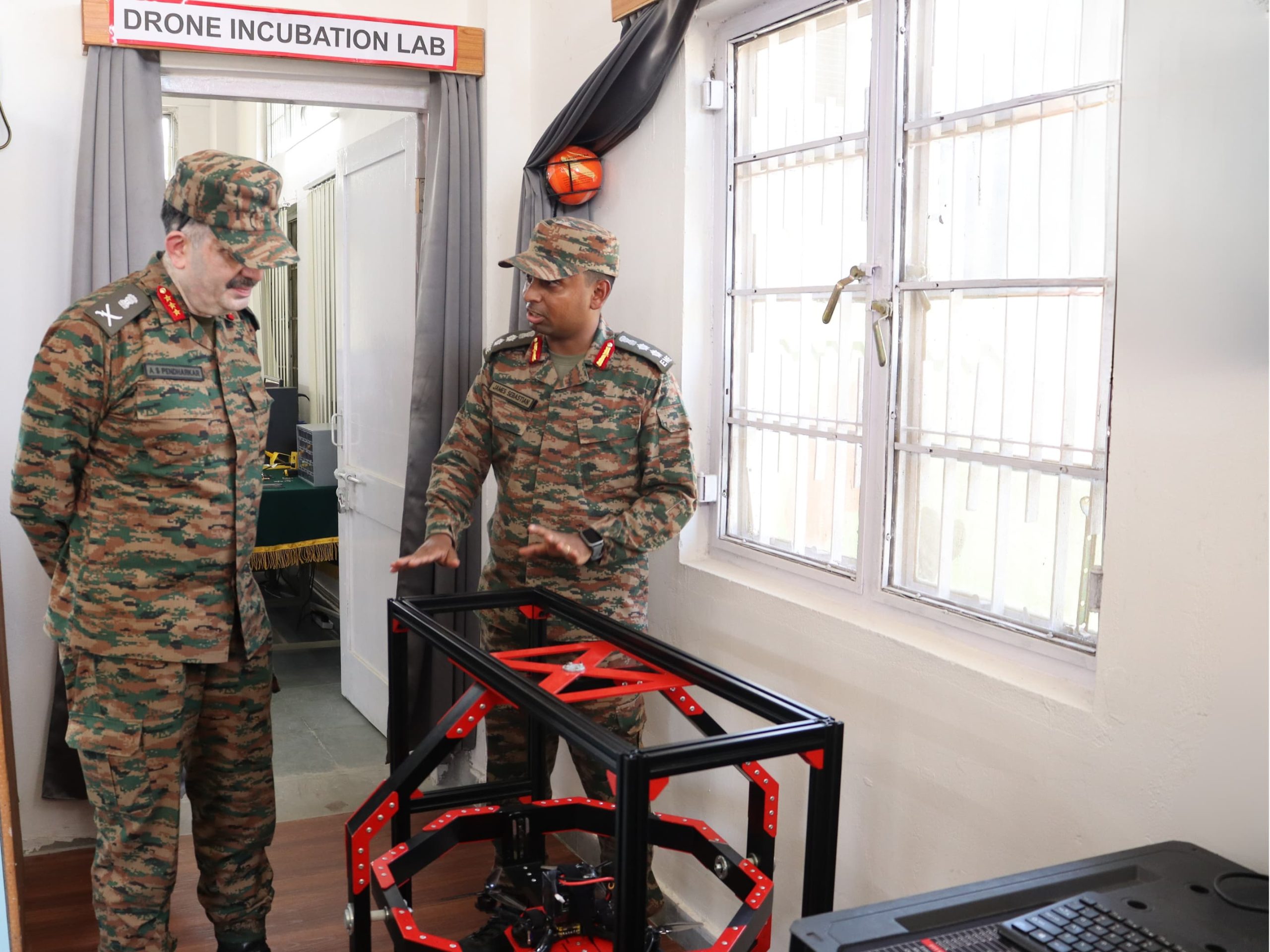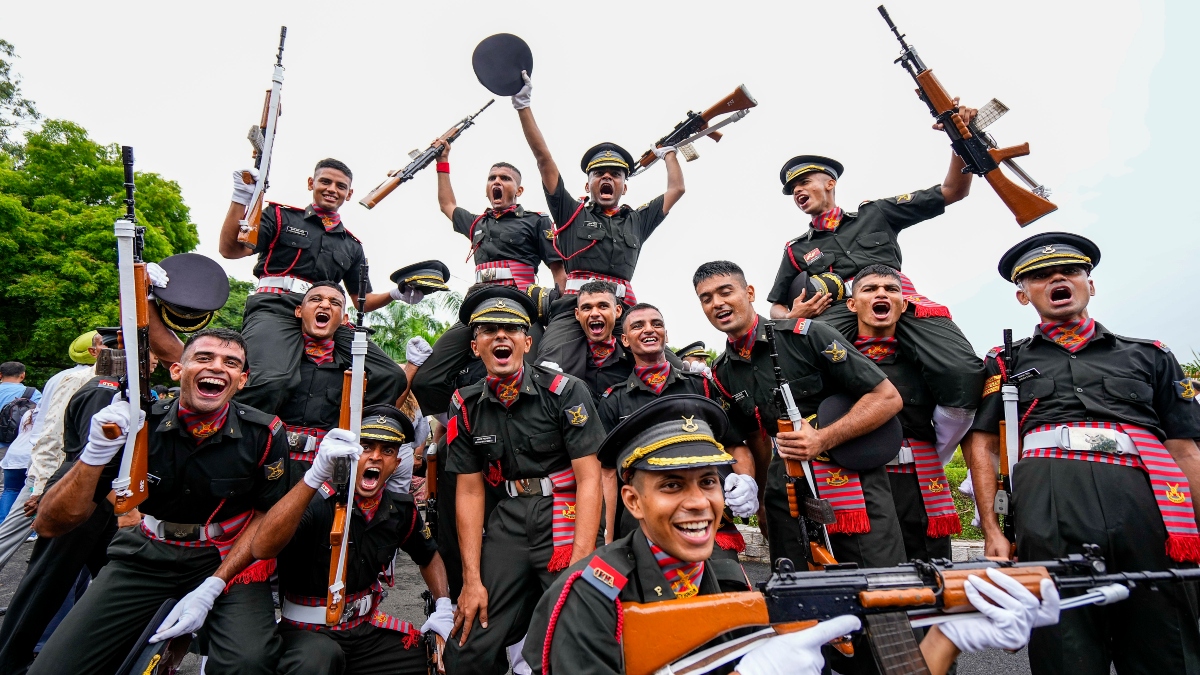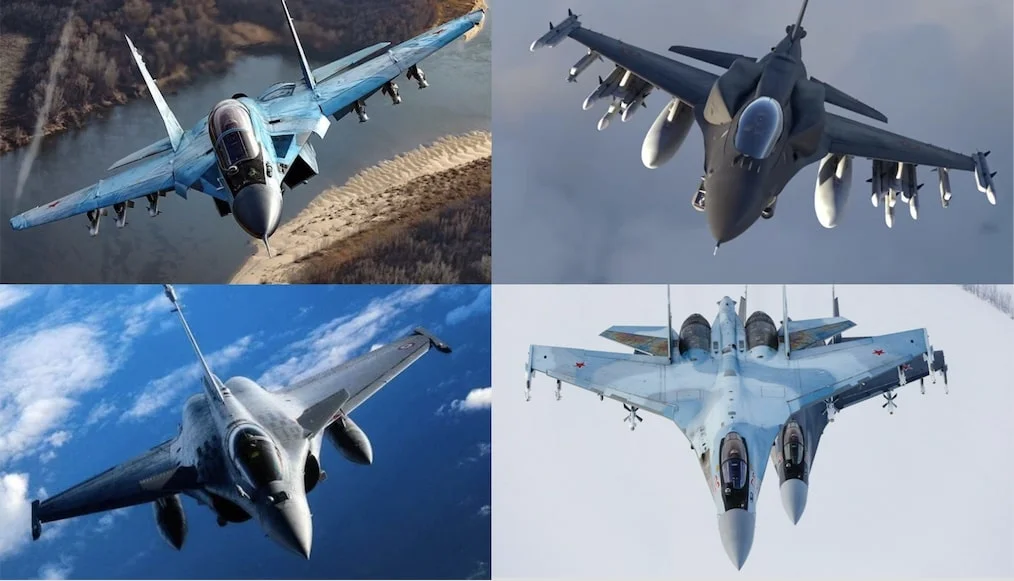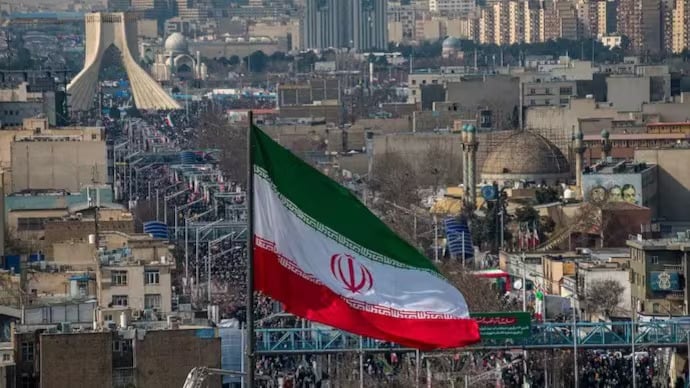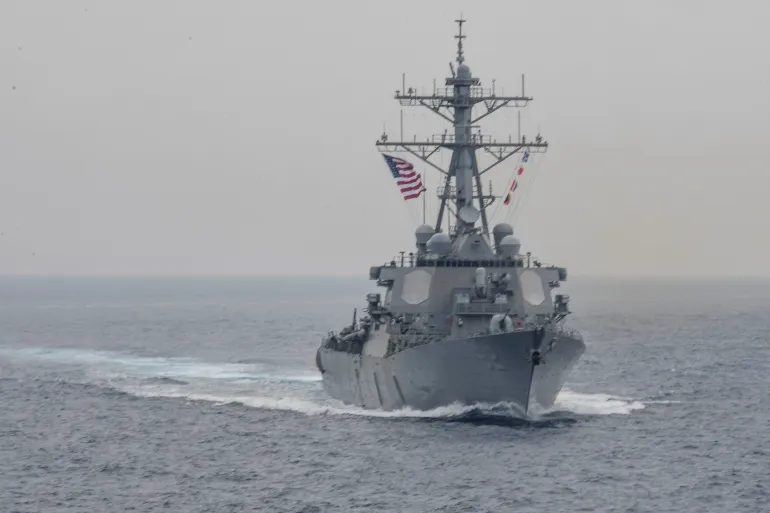Indian Army Unveils Advanced Drone Capabilities at Arunachal’s Likabali Station
In a significant boost to India’s defence preparedness along its northeastern frontier, the Indian Army showcased advanced drone technologies at…
SSC Tech 66 and SSCW Tech 37 Notification Indian Army (Out Now)
The Indian Army has released the official notification inviting applications from eligible unmarried male and female engineering graduates for the…
Indian Air Force Plans to Acquire 2–3 Squadrons of 5th-Gen Fighter Jets from Abroad to Bridge Capability Gap
The Indian Air Force (IAF) is actively exploring the procurement of two to three squadrons of fifth-generation fighter jets from…
Why Thailand and Cambodia Are Fighting Again?
The Thailand–Cambodia border conflict has reignited with deadly intensity. On 24 July 2025, the long-disputed frontier turned violent again as…
Iran Threatens to Quit Nuclear Treaty if Europe Reimposes Sanctions
Iran has warned that it may withdraw from the Nuclear Non-Proliferation Treaty (NPT) if European nations reimpose sanctions, amid rising…
Iranian Helicopter Confronts US Warship Near Gulf of Oman in Tense Encounter
A tense maritime encounter unfolded on Wednesday as an Iranian military helicopter confronted a United States Navy destroyer, USS Fitzgerald,…

